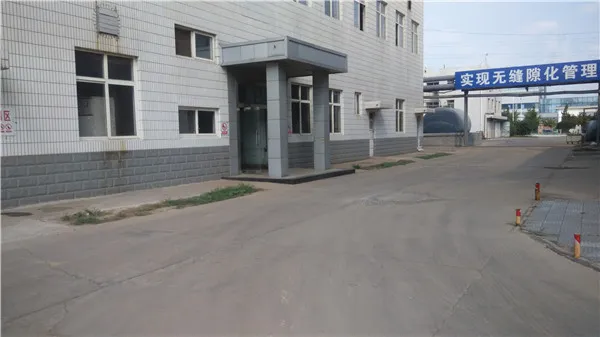Chemicals Used in Municipal Water Treatment
Municipal water treatment is a vital process that ensures the safety and quality of the drinking water supplied to communities. This process involves various chemical treatments that help in the removal of impurities, pathogens, and harmful substances, ensuring that the water is fit for human consumption. The following are some of the key chemicals commonly used in municipal water treatment and their roles in the purification process.
1. Coagulants
Coagulation is one of the first steps in water treatment. Coagulants, such as aluminum sulfate (alum) and ferric chloride, are added to water to promote the aggregation of suspended particles and impurities. These chemicals help in destabilizing the particles, which then clump together to form larger aggregates called flocs. The flocculation process leads to enhanced removal of dirt, sediment, and microorganisms during subsequent filtration.
2. Flocculants
After coagulation, flocculants are sometimes used to assist in the agglomeration of the formed flocs, increasing their size and weight. Polymeric flocculants, such as polyacrylamide, are commonly utilized to enhance this process. By increasing the size of the flocs, these agents improve the efficiency of sedimentation and filtration, leading to clearer water.
3. Disinfectants
Disinfection is critical in ensuring that harmful pathogens are eradicated from the water supply. Chlorine is the most widely used disinfectant in municipal water treatment; it is effective in killing bacteria, viruses, and other microorganisms. Other disinfectants include chloramines and ozone, which are often used to provide residual protection in the distribution system. Ultraviolet (UV) light is also employed as a non-chemical method of disinfection, effectively neutralizing pathogens without introducing any chemicals into the water.
what chemicals are used in municipal water treatment

4. pH Adjusters
The pH of water is an important parameter that affects both the efficiency of other treatment chemicals and the safety of the water for consumption. Chemicals such as sodium hydroxide or sulfuric acid are used to adjust the pH of the water, ensuring it falls within a safe and optimal range. Maintaining proper pH levels can enhance the effectiveness of coagulation, disinfection, and the stability of the water.
5. Corrosion Inhibitors
Municipal water systems often face issues with corrosion, especially when the water is slightly acidic or has a low mineral content. To combat corrosion in pipes and fittings, corrosion inhibitors such as orthophosphate and sodium silicate may be added. These chemicals form a protective layer on the surfaces of pipes, reducing the leaching of metals into the drinking water and thereby protecting both the infrastructure and public health.
6. Nutrients
In some cases, particularly in water supply systems that may have issues with biofilm growth, nutrients like phosphorus may be intentionally added in controlled amounts to promote the growth of beneficial microbial communities. These communities can improve the overall microbial quality of the water, although this practice requires careful monitoring to avoid imbalances.
Conclusion
The treatment of municipal water is a complex process that relies on a variety of chemicals to ensure safety and compliance with health standards. From coagulation and disinfection to pH adjustment and corrosion inhibition, the chemicals used play a critical role in protecting public health and maintaining the quality of drinking water. Continuous advancements in water treatment technologies and practices aim to enhance efficiency and minimize any potential environmental impacts, ensuring that communities have access to safe, clean water. Proper treatment not only safeguards our health but also maintains the integrity of water delivery systems, reflecting the importance of chemical applications in municipal water treatment processes.

